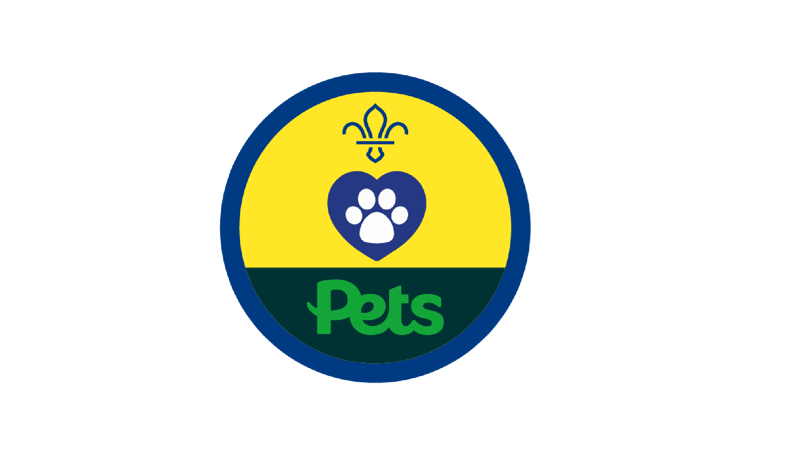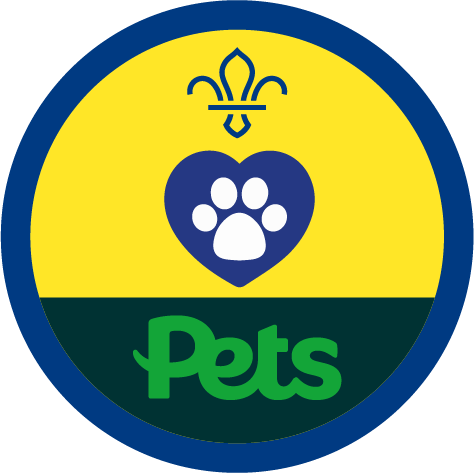
Animal tales
You’ll need
- Animal costumes (optional)
Talk about animals
- Everyone should sit in a circle.
- The person leading the activity should show everyone a picture from the Animal facts sheet. Everyone should try to name the animal.
- Everyone should talk about how the animal moves, what sound it makes, and where they live. If anyone’s seen one of these animals, they could tell everyone else about it.
- Everyone should repeat with all of the animals on the sheet, so everyone knows what they’re called and a little bit about them.
Create and perform an animal roleplay
- Split into small groups. The person leading the activity should give each group an Animal facts sheet, and tell each group which animal they are.
- Each group should use the Animal facts sheet to help them create a short roleplay about their animal. Their drama could focus on food, habitat, space, exercise, or sleeping area, for example by showing the animal eating, drinking, and moving around. It shouldn’t be more than one minute long.
- Everyone should gather back together. the groups should take it in turns to perform their roleplay to everyone else. Make sure everyone can see!
Reflection
This activity helped you to value the outdoors. Is it important to look after wildlife? Why? Animals have feelings too, and they also play a really important role in nature. We need animals to survive, and animals need each other to survive too. How can you help wildlife? We can all do things like leaving food for wildlife or helping make sure their habitats aren’t disturbed?
This activity also helped you to develop skills. What did you learn about taking care of animals? What needs do they have? Lots of the things animals need are the things we need too - for example, food, water, and a place to live. Do you know more about caring for animals now that you know what they need? It’s good to be caring and look after animals.
Safety
All activities must be safely managed. You must complete a thorough risk assessment and take appropriate steps to reduce risk. Use the safety checklist to help you plan and risk assess your activity. Always get approval for the activity, and have suitable supervision and an InTouch process.
- Animals and insects
Be aware of the risks before interacting with animals. Be aware of anyone with allergies, and make alternative arrangements for them.
- If you have a larger group and need to split into more than four groups, that’s OK. It doesn’t matter if more than one group has the same animal.
- You could also add some animals of your own, making sure they’re animals you could take care of where you are, whether it’s a pet or a wild animal.
- People could add even more detail to their role plays - what happens if their animal sees a human, for example? You could also add masks, or even costumes, and props. Why not show the roleplays to parents and carers?
- No one has to act if they don’t want to. There are plenty of other ways to be involved, for example, they could direct other people in their group, narrate, or help develop the story.
- Everyone’s knowledge about animals will be different, so encourage everyone to share whatever they know. Start with simple questions, such as ‘Does anyone know what a rabbit looks like?’ so everyone can get involved.
All Scout activities should be inclusive and accessible.
If people are interested in animals, you could learn more about what animals need by getting stuck in at a free pet workshop with Pets at Home. You could also get involved with the big butterfly count, or the Big Garden Birdwatch.
Young people can choose their own animals. Why not ask if they’d like to care for a wild animal in their local area, for example by supporting their environment or leaving food? Creatures like frogs, squirrels, hedgehogs, minibeasts, and birds are always thankful for a helping hand. You may even find that someone knows somebody who works with animals and can help.

